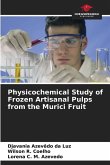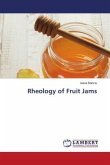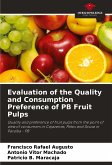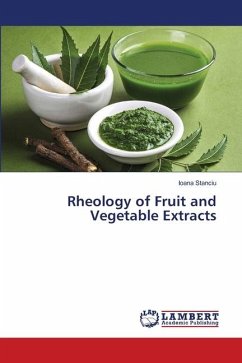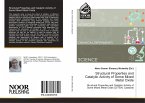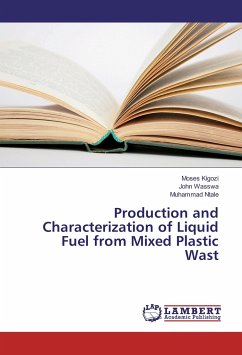The waste of food and its nutrients in households and agro-industries has a negative impact on the environment. At the same time, people are trying to consume nutritious food. This has given rise to a concern about utilising food in a sustainable way. The aim of this book is to produce cereal bars using the by-product of fruit juice. A 2² Factorial Design and Response Surface Methodology were used. The design had five different levels, with three centre points totalling seven trials. The independent variables were the concentration of pineapple and cashew juice by-products and cooking time. The responses analysed were water content, acidity, pH, ascorbic acid content, reducing sugars, ash and texture profile. Statistica 7.0 software was used to analyse the results of the design adopted. The results showed that the fruit by-product concentration factor had the greatest effect on the cooking process. In view of this, the importance of this work for food utilisation and healthy consumption is clear.


